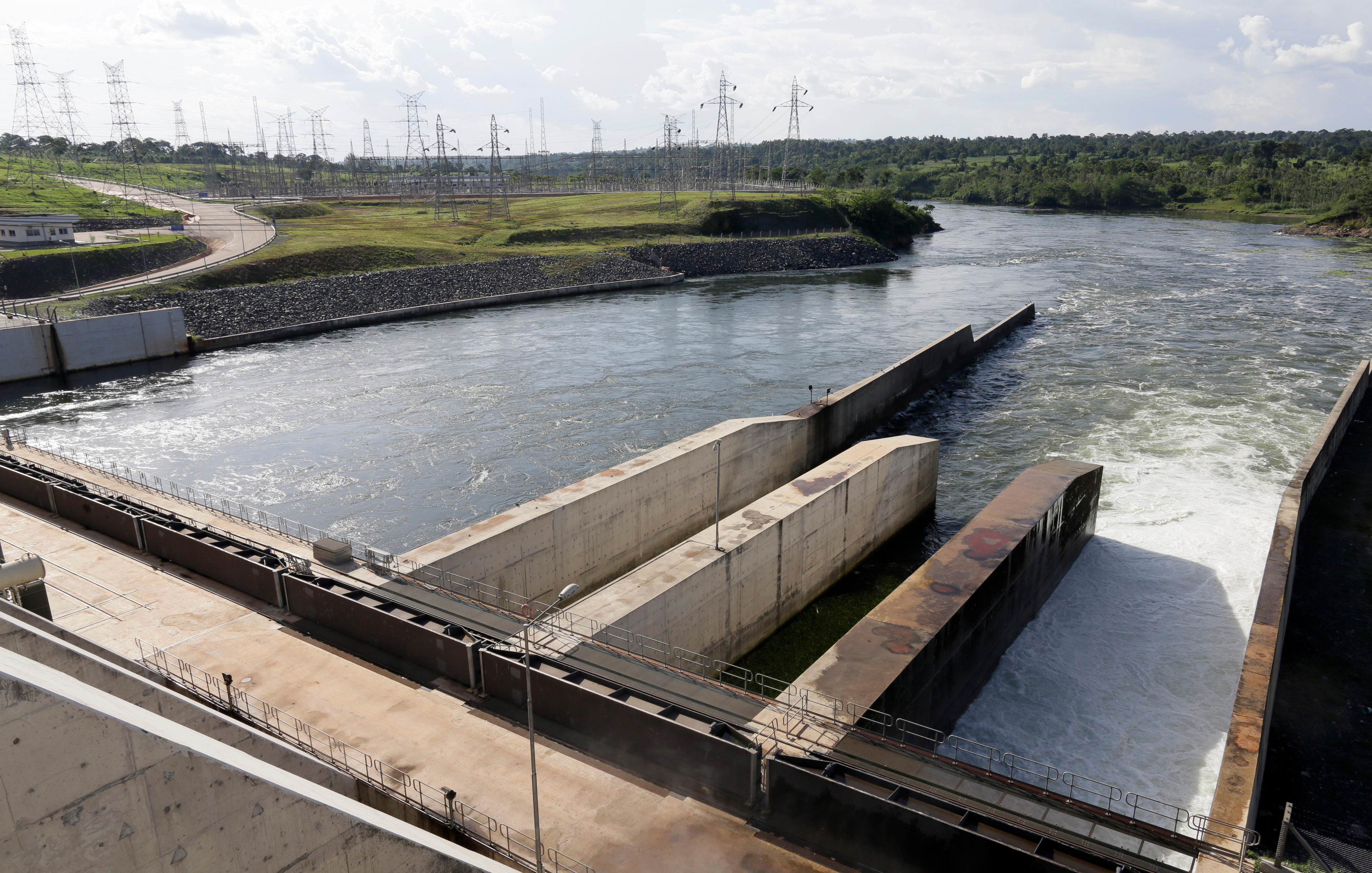Hydroelectric power plant in Uganda
Copyright© Thomas Köhler/photothek.net
Hydropower Generating energy in an environmentally friendly way
The BMZ is supporting its partner countries especially in the area of small-scale hydropower plants. Major dam projects are rarely supported and must in all cases meet the recommendations on environmental and social impacts of the World Commission on Dams (WCD).
Small hydroelectric power plants have a lot of advantages. They are technically mature, have a high capacity utilisation and are more reliable, i.e. apart from extreme dry periods, power generation is easier to plan and manage than in the case of solar or wind energy.
Huge potential – consequences for people and nature
Small-scale hydropower can play an important role in further increasing the use of renewable energies. However, when major hydropower plants are built, the question of sustainability and environmental soundness always has to be assessed carefully. Such constructions have an impact on nature and on the life of the people in the region – in particular when it comes to major dam projects. Whenever resettlements cannot be avoided, it is important to ensure that people are adequately compensated and can share the benefits of the project. It is also important to secure the livelihoods of the people concerned in the long term.
As at: 25/07/2023
